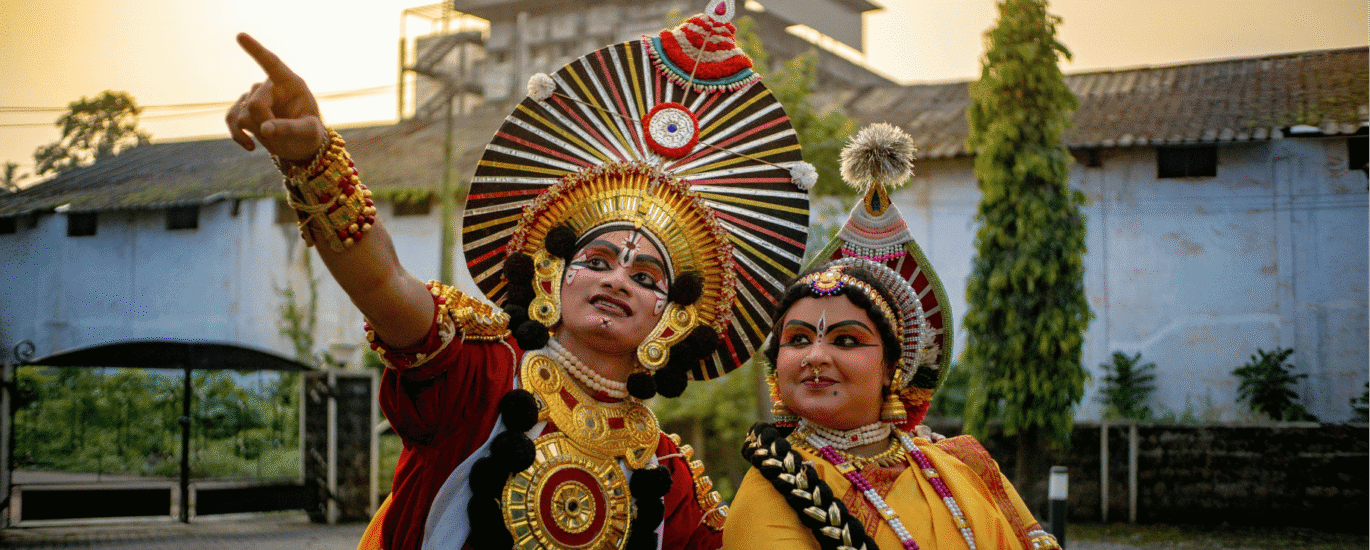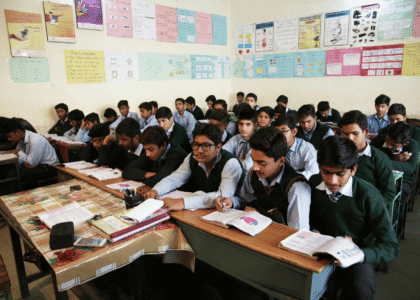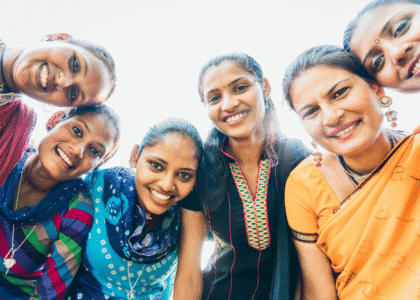Introduction
In a rapidly globalizing world, where digital influences shape young minds at lightning speed, preserving one’s cultural roots is both a necessity and a challenge. For Indian students, cultural awareness is not just about knowing festivals or wearing traditional attire—it’s about understanding identity, history, values, and the socio-cultural fabric that makes India one of the most diverse nations in the world.
This blog explores why cultural awareness is vital for Indian students, how it influences personal and national development, and the steps we must take to make it an integral part of education and upbringing.

Why Cultural Awareness Matters
Cultural awareness refers to the understanding and appreciation of one’s own culture while being respectful of others. For Indian students, this awareness fosters:
- A Strong Sense of Identity: Knowing one’s roots instills pride and clarity in one’s beliefs, customs, and values.
- Social Harmony: Awareness promotes tolerance and empathy, helping students navigate India’s diverse society.
- Moral and Ethical Development: Indian cultural teachings, often rooted in ancient philosophies, encourage respect, compassion, and responsibility.
- Creative Expression: Exposure to folk art, music, theatre, and literature allows students to find unique ways of self-expression.
The Current Scenario: Is Cultural Awareness Declining?
In urban India, many students are more fluent in global pop culture than in their mother tongue. Western lifestyles, tech-centric education, and a growing disconnect with local communities are major factors. While this is not inherently negative, the neglect of native culture leads to:
- Loss of linguistic diversity
- Decreased interest in local history and traditions
- Weak emotional connection with one’s heritage
- Shallow understanding of social responsibilities
However, this trend is not irreversible. With conscious efforts by schools, parents, and NGOs, Indian students can be reconnected with their cultural roots in meaningful ways.
Integrating Culture into Education
Education plays a key role in nurturing cultural awareness. Here are some effective methods:
1. Curriculum Design
Introduce regional literature, folk traditions, and local history into school curriculums. Encourage students to study Indian philosophers, poets, and freedom fighters not just through textbooks, but through storytelling, theatre, and creative writing.
2. Language Empowerment
Language is the soul of a culture. Encouraging students to learn, speak, and write in their mother tongue or regional language helps preserve cultural nuances and emotional intelligence that come with it.
3. Art, Music, and Theatre
Workshops on Indian classical music, folk dances, and traditional theatre forms like Nautanki or Yakshagana allow students to engage with their heritage actively and creatively.
4. Festivals and Rituals as Learning Opportunities
Instead of treating festivals as holidays, use them as cultural immersion days. Explain their significance, regional variations, and values associated with them.
5. Cultural Exchange and Dialogues
Organize interactions between students from different Indian regions or between rural and urban students. Such experiences build understanding, break stereotypes, and promote unity in diversity.
Role of Parents and Communities
Cultural education cannot be outsourced solely to schools. Homes and communities form the first school of values and identity. Families can:
- Share stories, proverbs, and local legends
- Visit historical and cultural sites together
- Encourage children to participate in community festivals, local fairs, and traditional activities
Communities can host heritage walks, storytelling circles, or intergenerational talks where elders pass down wisdom, history, and practices to youth.
The Role of NGOs and Cultural Foundations
Organizations like Dhara Chetna Foundation are actively working to revive cultural awareness among Indian youth. Through projects like:
- Atulya Hindi Student Award – celebrating language and leadership among students
- Theatre Workshops for Women and Youth – using performance arts to awaken consciousness
- Dialogue Series from Villages to Global Platforms – connecting grassroots experiences with global perspectives
Such initiatives bridge generational and cultural gaps, inspiring young minds to embrace their heritage with pride and purpose.
Benefits of Cultural Awareness in Students
The results of cultural awareness are far-reaching:
- Improved Self-Esteem and Confidence – Students proud of their heritage are emotionally stronger.
- Better Academic Engagement – Culturally connected students relate better to subjects like history, civics, and literature.
- Leadership and Responsibility – Students with a rooted identity are more socially conscious and community-driven.
- Global Readiness with Local Grounding – In the global workforce, students with cultural depth bring diversity, creativity, and a balanced worldview.
Conclusion: Culture as a Compass
In the journey of education, culture is the compass that grounds students while allowing them to explore new directions. Cultural awareness doesn’t mean resisting modernity—it means carrying your values and stories into the future.
As India rises on the global stage, its strength lies not just in tech or economics, but in the wisdom, art, and ethos that its young generation carries forward. Let’s ensure our students know who they are before the world tells them who to become.










